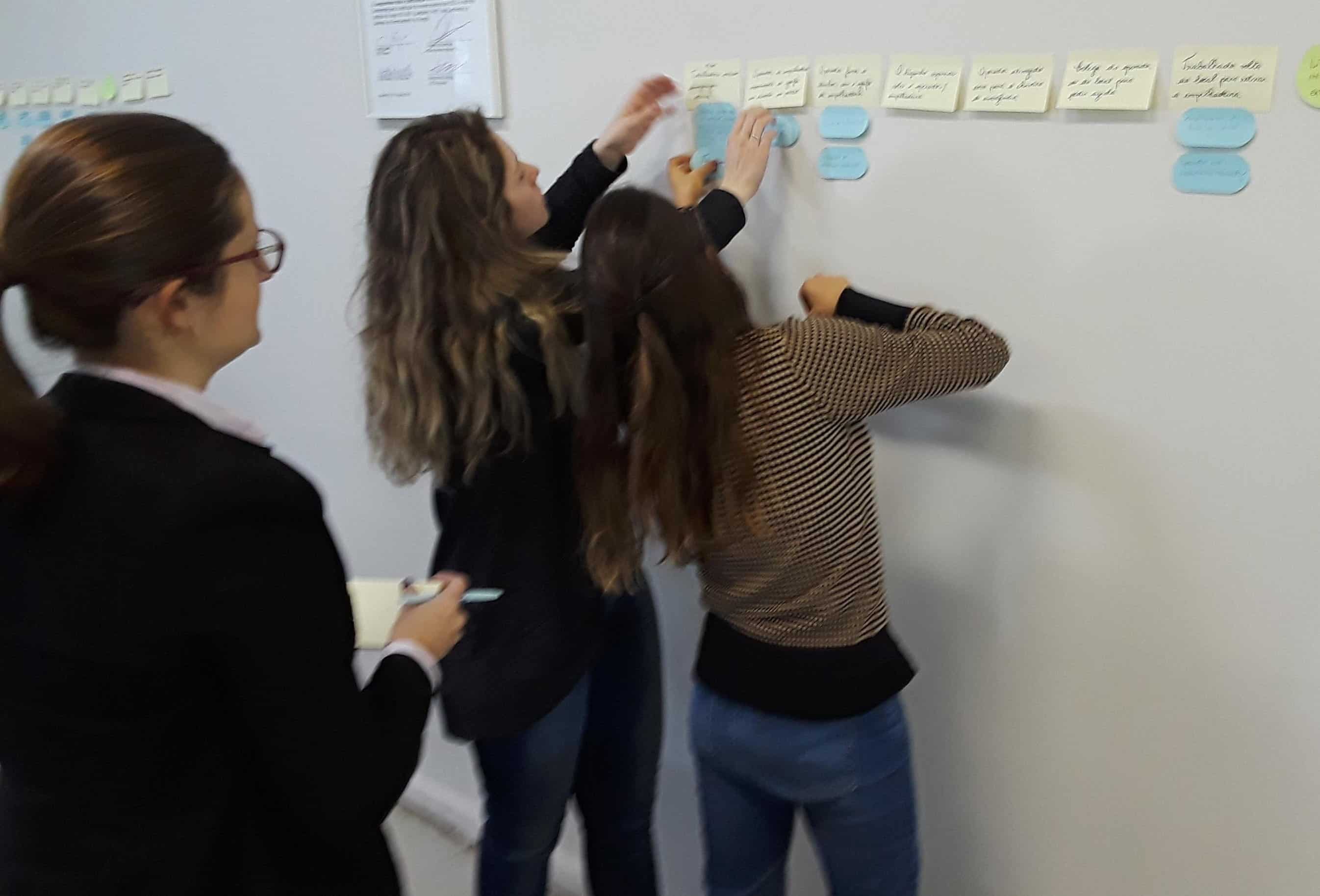When a Plane Lands . . . or Not

A Flight Can Go From Smooth to the Unexpected in Seconds
•••
After a smooth flight from Dubai to Newcastle, Emirates flight EK35 turned into one of the most frightening traumas a passenger can experience. The Boeing 777 A6-EBX was cleared for landing on runway 25 at Newcastle Airport on the morning of November 29, 2018. On approach, the aircraft appeared to wobble from gusts of considerable crosswinds, then attempted a sideways maneuver to counteract wind gusts. An intensely hard landing followed, with spoilers deployed.
What happened next is a rare occurrence
In the face of an unstable aircraft due to heavy crosswinds, the pilots—rather than engage rear thrust—powered the engines and lifted up to attempt a second go-around.
Watch what happened
The Emirates flight takes off again after abandoning the first landing. Jonathan Winton/YouTube.
After the second and safe landing, an inspection of the aircraft yielded no damage found. The plane departed from Newcastle to Dubai a mere 45 minutes later than scheduled.
The TapRooT® System trains you to solve problems
Circumstances can crop up anywhere at any time if proper and safe sequence and procedures are not planned and followed. We encourage you to learn and use the TapRooT® System to solve problems.
TapRooT® has a team of investigators and instructors with years of extensive training ready to offer assistance worldwide. We also offer ongoing support to our clients through free newsletters and Root Cause Tip Videos, the Root Cause Analysis Blog, and our annual Global TapRooT® Summit.
Register for a TapRooT® Course
Register for one of our Courses. We offer a basic 2-Day Course and an advanced 5-Day Course. Contact us, or call 865.539.2139 about having a course at your site or for further root cause analysis training opportunities. We’re here to find solutions for you.



